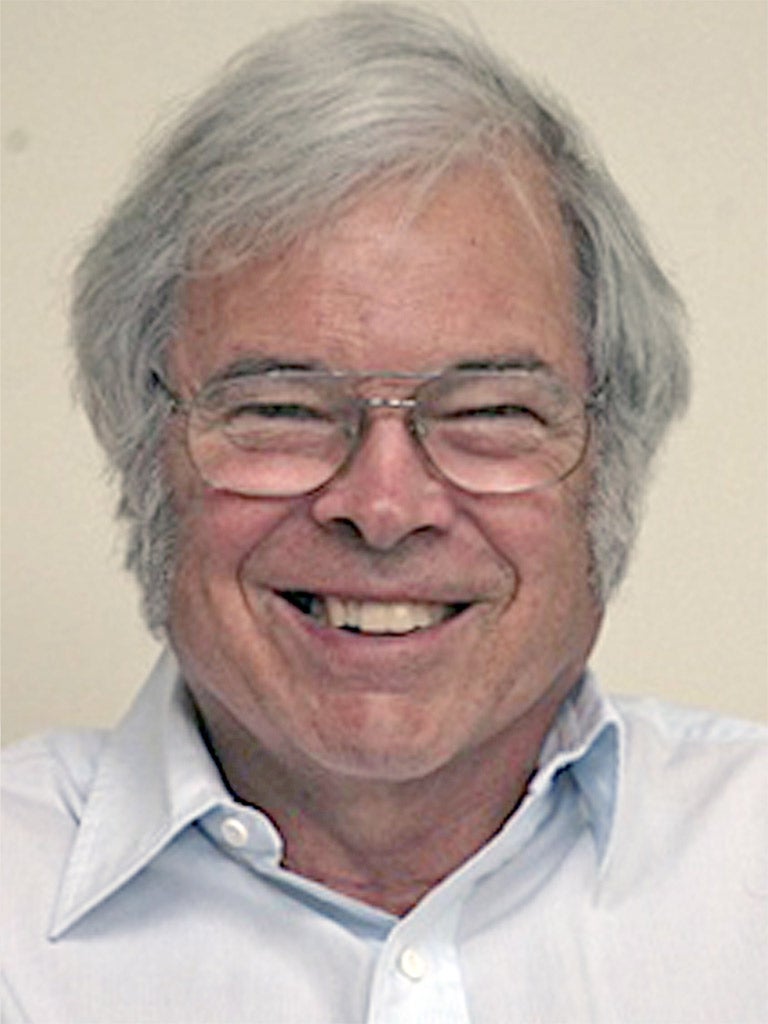Kenneth Wilson: Physicist and Nobel laureate

Kenneth Wilson was a visionary physicist who won the 1982 Nobel Prize for his pioneering work on phase transitions, the transformation of thermodynamic systems from one phase or state of matter to another, an area physicists had been wrestling with for decades. This mathematical tool changed theoretical physicists' way of thinking, particularly in particle physics. He also pioneered the use of super-computers in particle physics.
His research explained how factors such as temperature and pressure lead to sudden transformations of matter, such as boiling water changing from liquid to vapour or ice turning to water; a mathematical n explanation had eluded scientists. The Swedish Nobel Committee called Wilson's approach "ingenious" because "he developed a method to divide the problem into a sequence of simpler problems in which each part could be solved." He did this by using a mathematical tool called the renormalisation group theory. His methodology led him to a powerful overall theory for understanding the critical points at which matter changes from one state to another.
A fellow Nobel laureate, Steven Weinberg of Texas University, said, "Ken was one of a very small number of physicists who changed the way we all think, not just about specific phenomena, but about a vast range of different phenomena."
With data from his Cornell colleague, Michael Fisher, and Leo Kadanoff of Chicago University, Wilson solved the problem in two papers in 1971 and 1972. He realised that fluctuations over different length scales must be dealt with. Such transitions are largely determined by the collective effects of every other object in the system. Modelling this behaviour near the critical point would require huge computer power, but Wilson's method avoided the need for this.
Wilson gave a complete theoretical description of behaviour close to the critical point, proving that many seemingly unrelated systems, such as liquids or mixtures of liquids and ferro-magnets, show identical behaviour. Wilson hoped his work would have practical use in the development of atomic fusion as a future clean energy source, to replace atomic fission, though this has so far proved elusive.
Born in Massachusetts in 1936 into an academic family, Kenneth Geddes Wilson was the eldest of six children. His father, Edgar was a Harvard chemist while his mother was a physics graduate. One grandfather was an engineering professor at MIT, and Wilson showed early mathematical aptitude, calculating cube roots in his head.
He went to Harvard to read mathematics at 16, and was a keen athlete, becoming the Ivy League mile champion. Graduating in 1956, Wilson earned his doctorate from Caltech in 1961, under future Nobel laureate Murray Gell-Mann, a pioneer of elementary particle theory, beginning the research into quantum field theory that would lead to his interest in phase transitions. He did post-doctoral studies at Harvard, including a year at Cern, near Geneva. While there, he climbed Mont Blanc.
He joined the physics faculty at Cornell in 1963, because, he said, "it was reputed to have a good folk dancing group", a hobby he had taken up as an undergraduate. He also was an avid hiker and kayaker. He became professor in 1971.
During the 1970s, Wilson pioneered the development and understanding of quantum chromo-dynamics, the branch of quantum theory that describes the behaviour of quarks and the gluons that stick them together to form protons and neutrons. In order to solve the equations of this theory and gain a more precise understanding of the process, he devised a digitised version of the theory called lattice gauge theory, which used supercomputers, an area he felt was not sufficiently explored.
In the 1980s Wilson was one of a number of high-profile scientists who campaigned for the creation of supercomputer centres in the US. In 1985 the National Science Foundation agreed a $200m five-year programme to build five national supercomputer centres; Wilson became the Director of the Centre for Theory and Simulation in Science and Engineering at Cornell. From 1988 he was a professor of Physics at Ohio State University, where he founded the Physics Education Research Group.
A quiet, modest and informal man, Wilson was, his wife Alison said, "the most lacking in small talk of anyone anyone I ever met."
Kenneth Geddes Wilson, physicist: born Waltham, Massachusetts 8 January 1936; Nobel Prize for Physics 1982; married 1982 Alison Brown; died Saco, Maine 15 June 2013.
Join our commenting forum
Join thought-provoking conversations, follow other Independent readers and see their replies
Comments
Bookmark popover
Removed from bookmarks